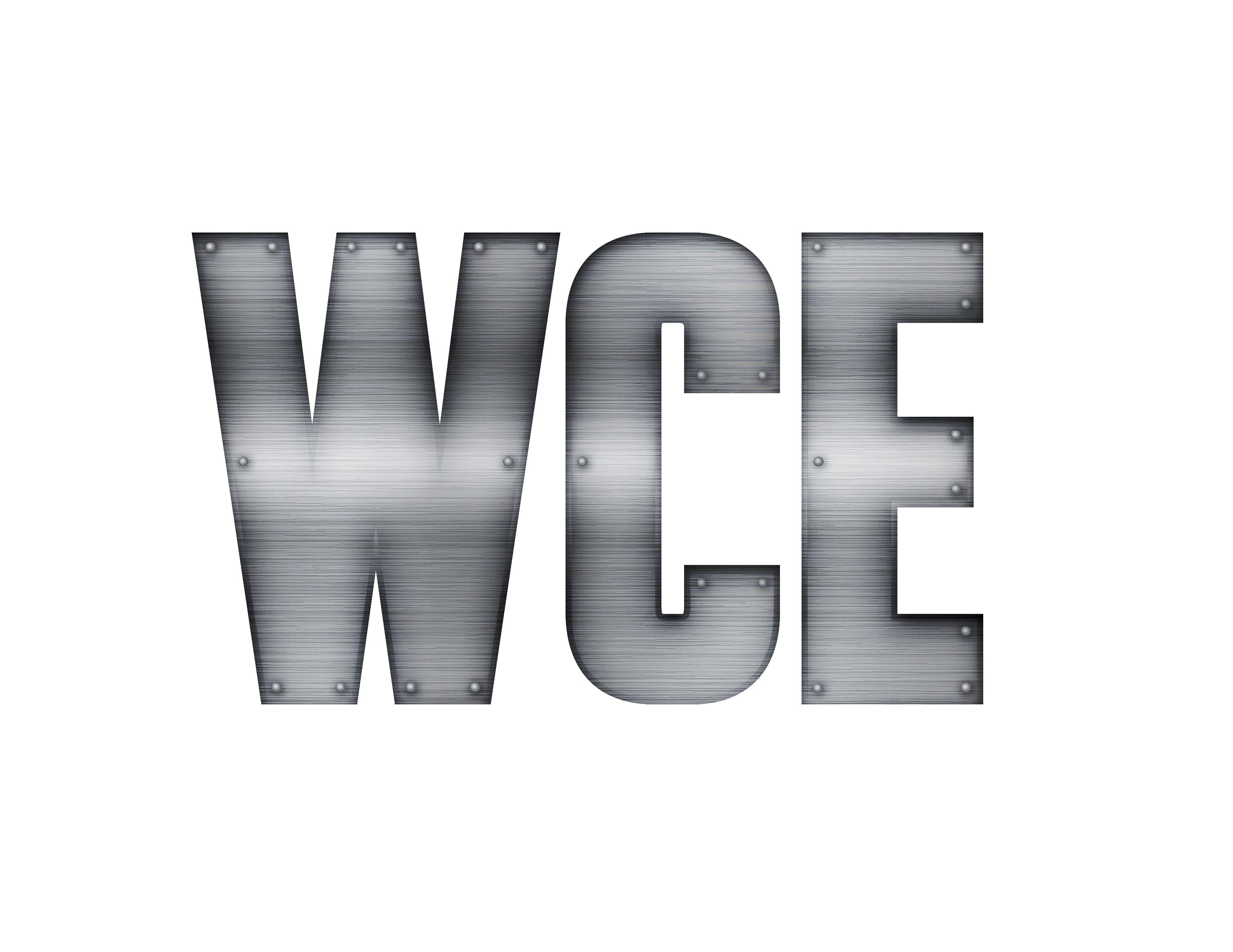Everyone out there says the same thing, right? “We value relationships” – but do they really know what that means and how to take full advantage of it? Or is it just a premise that they know exists, but don’t truly understand?
Here’s the thing about relationships. They aren’t one-sided, and they aren’t flawless. They are, and always will be, two parties working (<<keyword) together to obtain a unified vision or objective. That means there will be disagreements, possibly even arguments, and it will be a learning process for both involved. But what makes it work is the appreciation and recognition that they both have something the other desires and are willing to work cohesively toward the same, or similar, objective.
So it’s perplexing that a facility manager or service company would choose to part ways with the other for something as menial as price, procedure, or single circumstance without having a legitimate conversation with them first. Some people are so quick to switch vendors without taking the proper steps to ensure the alignment of objectives first.
Allow me to explain
If an RFM decides to give a new vendor an opportunity to work with them, the first few weeks are often a “trial period” to see how they perform, what they charge, and if they can accommodate the rigorous demands of their organization. If they can’t, they move on and try to find someone who can. Often this leads to an exhausting revolving door of new vendors, each requiring onboarding, vetting, and evaluation. Sound familiar?
WHAT IF THERE WAS A BETTER WAY?
What if you could choose ONE company and get them to conform to your business model?
Guess what.
You can; and pretty easily, in fact.
You only have to learn how to properly communicate with a vendor to encourage the results that you seek.
First, when shopping for new vendors, don’t be sold. Choose to buy. What I mean by this is: Come up with a base set of questions that reflect your principles, values, and objectives. Meet with several vendors before making your decision. And base your choice, not only off the most practical answers to your questions, but the feeling you get when speaking with them. Take some time to really analyze the results before making your decision and, when you do, be prepared to commit a year to making it work.
Throughout that year is when the real magic happens. You do all the things that you were hired to do and ensure that R&M costs are a priority. Notice that I didn’t say that R&M costs are going down because, depending on the current state of your assets, they may go up before they go down. Be sure to hit any conflicts dead on and communicate them to your account rep with the mutual objective in mind.
If the hourly rate isn’t congruent with your objectives, communicate that. If you feel the quality of the service is inadequate, communicate that. And if the response time or fix rate isn’t optimal, communicate it. You’ve, no doubt, noticed how many times I used the word “communicate.” Good. It’s important.
MOST VENDORS SEEK RELATIONSHIPS BECAUSE THEY UNDERSTAND THE LONG TERM ROI TRUMPS THE QUICK BUCK.
And they will jump at the opportunity to retain one. But what they don’t respond to are demands with little or no regard for their objective as a company. So therein lies the key. Always make sure that anything you communicate, negotiate, or propose, is with your vendor’s objective in mind. And, likewise, this is how they should communicate as well (hint hint: maybe one of the questions you should ask in the initial selection). But this is what will solidify and truly realize the relationship and, in turn, the ROI.
Wouldn’t you rather have the satisfaction of knowing that you can save money while also helping someone else succeed, rather than just going from shelf to shelf in search of the perfect iron triangle? (if you don’t know what the iron triangle is, ask me). And maybe, just maybe, if that vendor knows you want them to succeed, they will do whatever it takes to enable you to make that happen.
I know I asked a lot of questions in this one, but I’m trying to drive my point.
Success is not in finding the best price; it’s in finding the best relationship.
Josh Zolin, CEO



Leave A Comment